
Almost every house has a foundation planting, something that should help the large, man-made structure somehow blend with the natural landscape it was dropped into. More often than not, the foundation planting is done by the builder, who adds a line of common, usually evergreen shrubs to make things seem not so out of place in the hope that the buyer will be much happier with the property. The plantings are often bland and not in scale with the house. Even worse, these humdrum plantings are often ignored until they become so large that making changes is more of a job than one is willing to take on.
But you should take it on—or at least address your lackluster planting before it is too late. These two approaches show how a little creativity and skill can give you something most houses don’t have: a successful foundation planting.
Design 1: Small Space
With limited room your space has to work

Your first thought when encountering a small space might be that you won’t have room to do much. Jane LaFlash’s small garden in Madison, Wisconsin, proves that isn’t true.
The short distance from the sidewalk to the house means that this foundation planting can’t employ a deep bed to soften the connection of the ground level and the two-story house. Jane uses a framework of small trees to quickly provide height to the bed and a certain level of screening for the house. These trees are underplanted with shrubs and perennials that carry the eye down from the trees to ground level.
The plant density and wide array are impressive and reveal one of the benefits of a small space. This much variety in a larger bed would feel chaotic; but, on a limited scale, it is exciting and impactful. Still, there needs to be some harmony to make it feel like a design rather than a bunch of plants in the ground. The subdued color palette of green and chartreuse provides the harmony, and the shots of red add a touch of jazz. Some sedges (Carex spp. and cvs., Zones 3–10) bookend the bed, while the repeated forms of hostas supply more unity in a bed full of texture and form. These themes extend around the corner, where more hostas and chartreuse ‘Sun King’ aralia (Aralia cordata ‘Sun King’, Zones 4–8) and ‘All Gold’ Japanese forest grass (Hakonechloa macra ‘All Gold’, Zones 5–9) ensure that the unity of the front carries on around the house.
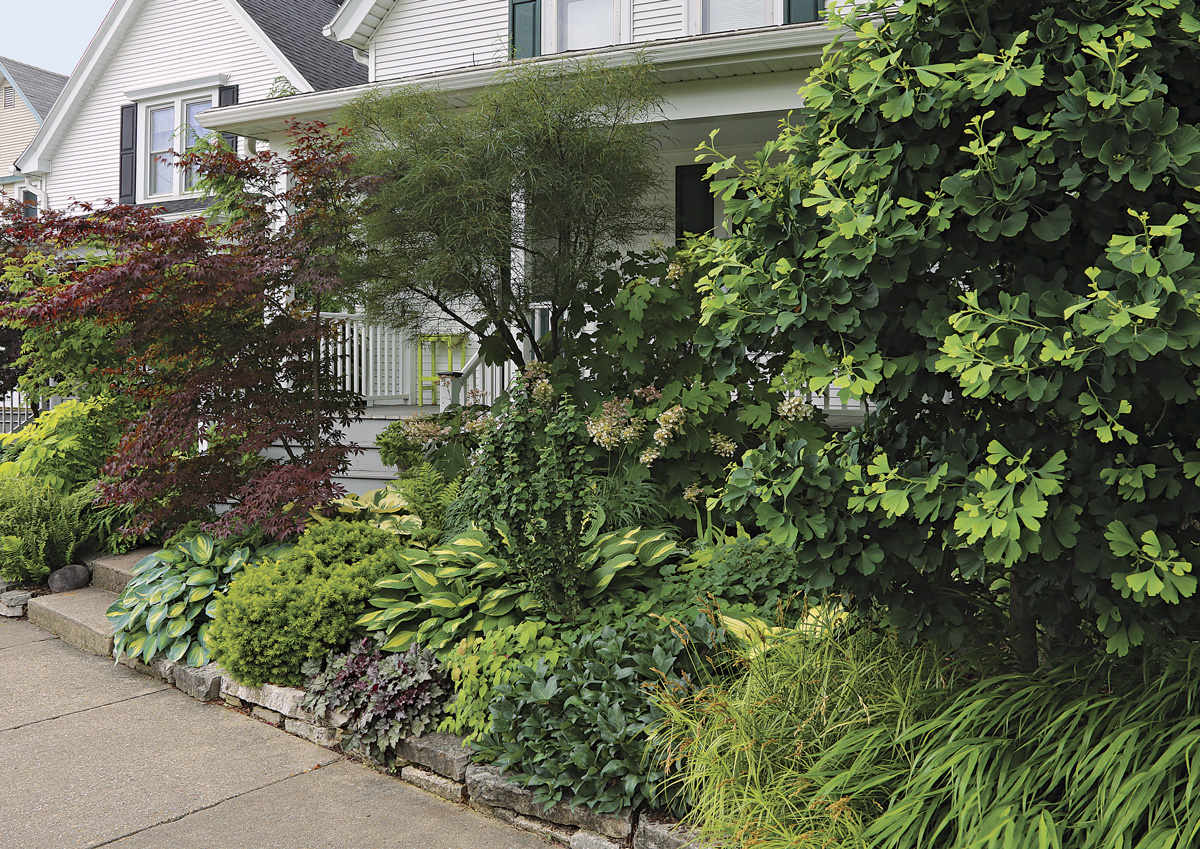
Perhaps the most important thing this planting does is reflect the personality of its creator. There can be no doubt that a plant lover lives in this house. For such a little bed, it sure is getting a lot done.
Key elements

- ‘Atropurpureum’ Japanese maple (Acer palmatum ‘Atropurpureum’, Zones 5–8)
- ‘Asplenifolia’ buckthorn (Frangula alnus, syn. Rhamnus frangula* ‘Asplenifolia’, Zones 3–7)
- Oakleaf hydrangea (Hydrangea quercifolia, Zones 5–9)
- ‘Striptease’ hosta (Hosta ‘Striptease’, Zones 3–9)
- ‘Amethyst Mist’ heuchera (Heuchera ‘Amethyst Mist’, Zones 4–9)
- ‘Oehme’ palm sedge (Carex muskingumensis ‘Oehme’, Zones 4–9)
- ‘Nana Aurescens’ yew (Taxus cuspidata ‘Nana Aurescens’, Zones 4–7)
- ‘June’ hosta (Hosta ‘June’, Zones 3–9)
- Northern maidenhair fern (Adiantum pedatum, Zones 3–8)
- Gray sedge (Carex grayi, Zones 5–9)
Design 2: Large Space
It’s all about connection and balance

Because it is seen from farther away, this Portland, Oregon, foundation planting, the work of garden designer Linda Meyer, needs to do more to settle the house into the landscape. The design has to balance the strong horizontal lines of the house while also visually evening out the slope of the land. The distinctly vertical habit of the plants provides contrast to the lines of the house, while the shape of the bed and the masses within it echo the lines of the house. Because the ground slopes away to reveal more house, the visual weight leans more toward that side. The Heritage® river birch adds the necessary bulk to the other end of the house. The result of the design is a planting that suits and balances the home behind it.

The homeowners also wanted to create a small seating area for respite from the harsh afternoon sun that ravages the back patio. The design gave them the opportunity to include one. The tall grasses and the river birch provide just enough privacy to make the place to feel cozy. A small water feature and some flat stones surrounded by ‘Superba’ Himalayan fleece flower (Persicaria affinis ‘Superba’, Zones 5–8) further enhance the atmosphere. To ensure year-round interest, the grasses and black-eyed Susans are complemented by a variety of plants, including Shasta daisy, Mexican orange blossom, and many spring bulbs.
Key plants:
- Heritage® river birch (Betula nigra ‘Cully’, Zones 3–9)
- Shasta daisy (Leucanthemum × superbum, Zones 5–9)
- ‘Karl Foerster’ feather reed grass (Calamagrostis × acutiflora ‘Karl Foerster’, Zones 5–9)
- Fountain grass (Pennisetum alopecuroides cv., Zones 5–9)
- Mexican orange blossom (Choisya ternata, Zones 7–10)
- Black-eyed Susan (Rudbeckia fulgida var. fulgida, Zones 4–9)

*Invasive alert: Glossy buckthorn (Frangula alnus, syn. Rhamnus frangula)
This plant is considered invasive in CT, IL, IN, MA, MD, MI, MN, NH, NY, OH, PA , VT, WI, and WV.
Please visit invasiveplantatlas.org for more information.
Steve Aitken is the editor.
Illustrations: Elara Tanguy


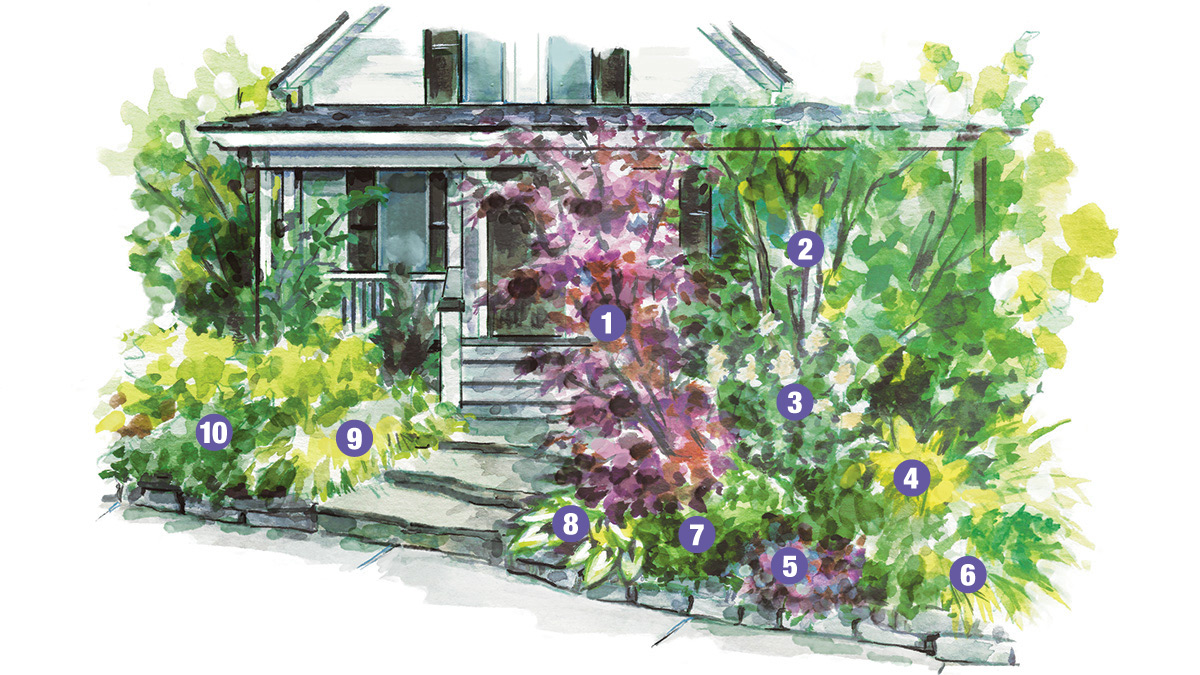
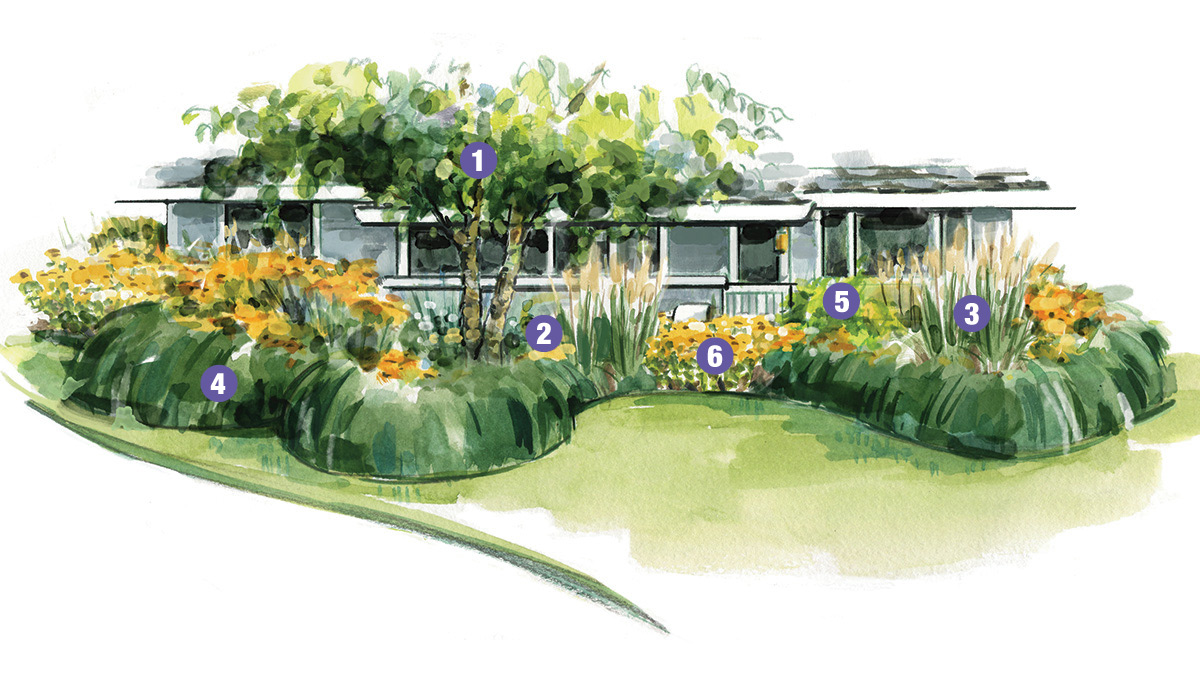
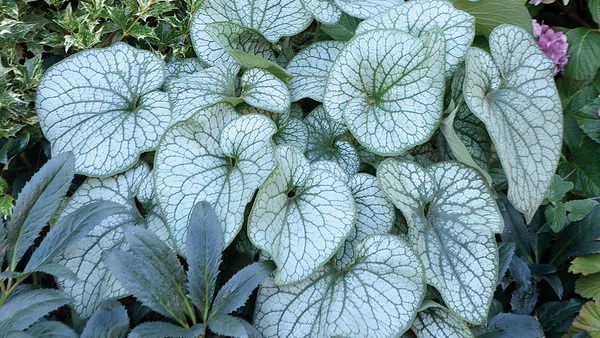

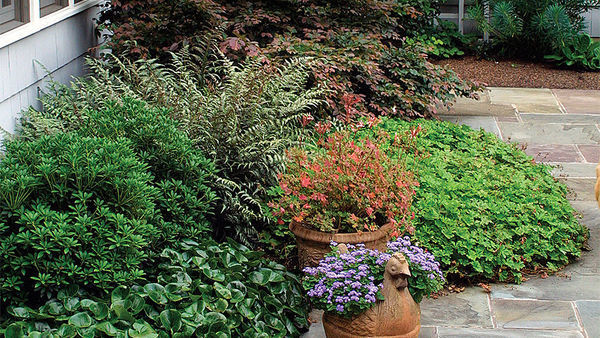
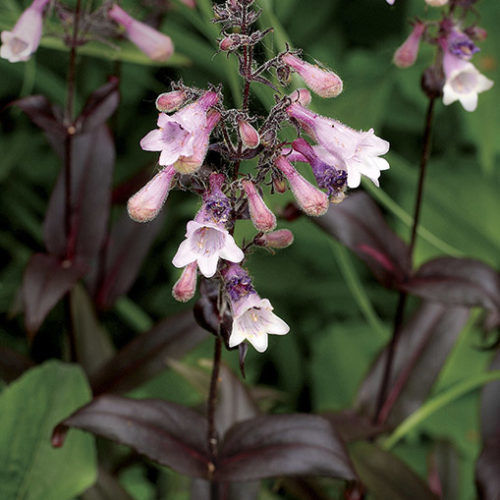












Comments
Log in or create an account to post a comment.
Sign up Log in